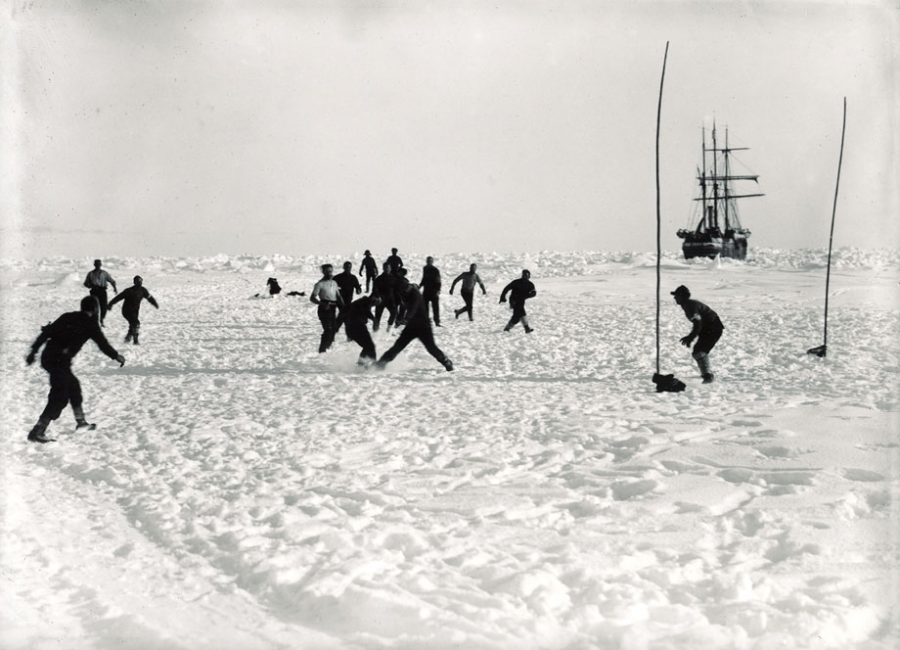The Physics of Popular Sports: Soccer and Golf
The fluid dynamics at play in two different sports
Soccer is the world’s most popular sport, with nearly four billion viewers per year, it is played in nearly every corner of the world. Even scientists have been playing in Antarctica since the 19th century! The most common soccer colloquialism is probably “Bend it like Beckham!” In game, the phenomenon of “bending” a soccer ball is sought out by many players, and can be stunning when pulled off.
To bend the ball, players spin the ball with its front face rotating in the direction that they are trying to get the ball to curve to. This is caused by pressure differences in the air on each side of the ball, as described by Bernoulli’s equation. The principles of Bernoulli’s equation state that if air on one side is traveling faster than air on the other, the pressure is greater on the side with slower moving air than the side with faster moving air. When bending the ball right, the left side of the ball is moving forward, so there is a very low speed, as the air is moving the opposite direction so the net movement is low, and therefore the pressure is high; the right side of the ball will have the lower pressure. There is always a force pushing from areas of higher pressure to areas of lower pressure, so this spinning causes the ball to bend right, hopefully into the goal. This effect of spinning the ball to cause spin is called the Magnus Effect, and can be seen in other sports, such as baseball.
What about the physics of driving a golf ball? Have you ever wondered why a golf ball has dimples on it as opposed t being smooth? It would make more sense to have a smoother ball that is more aerodynamic, right? But of course, it just isn’t that simple. At the high speeds that a golf ball is hit, a smooth projectile creates a very turbulent wake and confronts the air head-on, resulting in a less than distant and straight flight. This is where the dimples come in: dimples create a concentrated area of deliberate turbulence around the golf ball. This turbulence acts like a cushion for the ball, and actually lessens its air resistance. The “air cushion” creates low pressure behind the ball, and as air rushes in to fill this area the ball is propelled forward a little bit more. All of this provides for a straighter and further flight, hence why golf balls have dimples.









